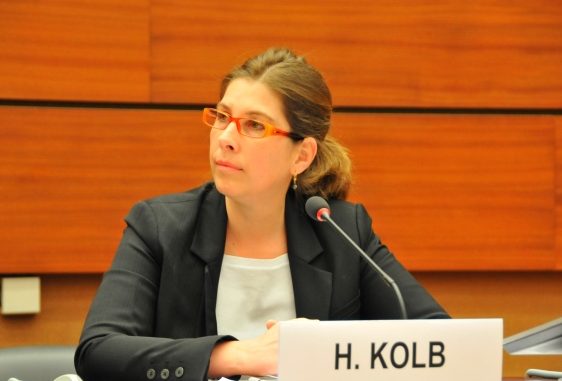
India has taken significant strides in creating job equality for men and women but there is still a long way to go, says Henriette Kolb, head-IFC Gender Secretariat at International Finance Corporation. Kolb, who was in Mumbai recently, spoke to ET’s Sreeradha D Basu on where Corporate India stands on job equality. Edited excerpts:
Where does Corporate India stand in creating job equality for women?
A World Economic Forum Report estimates that it will take 170 years to close the gender gap at the current rate of progress. We cannot afford such slow progress. A McKinsey report of 2015—The power of parity, advancing women’s equality in India—says India could boost GDP by $2.9 trillion in 2025 by fully bridging the gender gap at the workplace.
The good news is that important progress has been made in India. For example, the bill regarding paid maternity leave that will benefit about 1.8 million women. There is still a long way to go. For instance, more women in India tend to work in low-productivity jobs than men. Women in India do almost 10 times the amount of unpaid care work that men do. Some of the biggest obstacles women face are underlying social attitudes. Moreover, as in many other regions of the world, an area where Indian women workers face some of the greatest inequalities is legal protection.
What are the strategies Indian companies need to adopt?
Research confirms that women in leadership roles are directly linked to a range of business benefits including better firm performance, particularly during economic volatility, greater ability to minimise high-risk financial transactions, and serving markets dominated by women.
The private sector in India could commit to targets and ensure companies embrace policies that promote diversity. These include fair hiring practices, a commitment to equal wages for equal work, clear rules and criteria for promotions and elimination of gender biases in performance reviews. Companies could also implement improved parental and family-leave policies and provide flexible work opportunities that allow technology-based remote work.
What can be the role of policy makers?
India can add 68 million more women to the non-farm labour force over the next decade if its policy makers, the private sector, and others focus on closing gender gaps in secondary and tertiary education in India’s large states; lower barriers to job creation; and expand skills-training for women in key sectors.
How is IFC helping to focus on the achievement of gender equality?
Abig part of IFC’s work globally is in reducing the gap between women and men as entrepreneurs, employees, corporate leaders, suppliers, consumers, and community stakeholders.
Our successes in India would not have been possible without the participation of women—we achieved significant results in microfinance and retail space in IFC India with their support.
For example, till date, over 40% of the total microfinance loans in India are provided by IFC-backed microfinance institutions, with most of the borrowers being women. IFC-backed microfinance institutions have reached 40 million beneficiaries, mostly women.

Leave a Reply